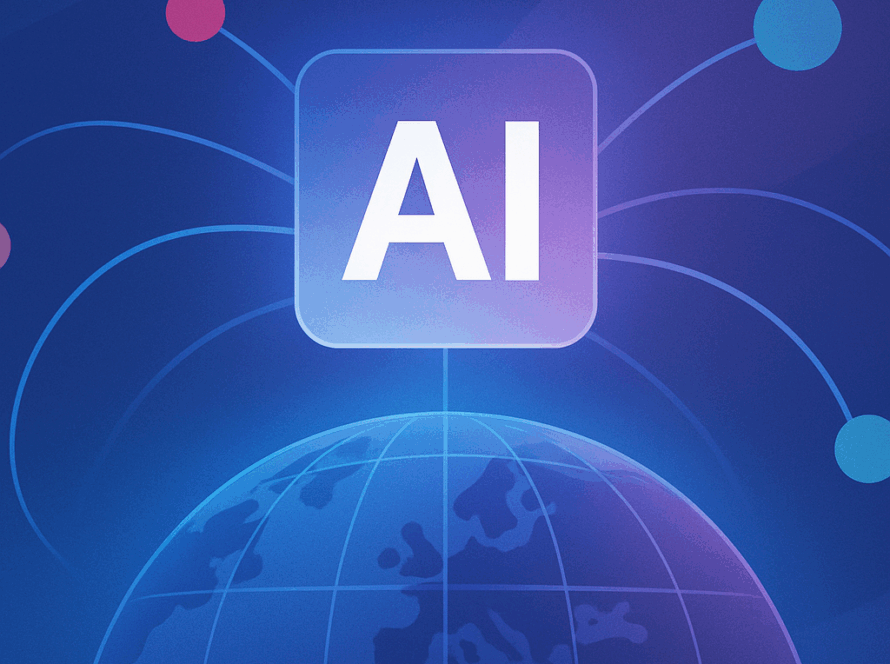What Are AI Agents?
AI agents—or agentic AI systems—are autonomous software entities designed to pursue defined objectives by perceiving data inputs, planning, and executing actions with minimal human supervision. They go beyond traditional chatbots or generative AI: these systems can orchestrate APIs, manage workflows, self-correct, and retain memory over time.
For instance, platforms like OpenAI’s Operator and Salesforce’s Agentforce demonstrate how agents can automate end-to-end tasks—from booking appointments to drafting and sending documents—without continuous user prompting.
The Greatest Benefits of AI Agents
1. Productivity Gains & Task Automation
AI agents excel at handling repetitive, multistep operations—such as customer support routing, coding assistance, research or content generation—freeing human teams to focus on strategic work. Early use cases show dramatic improvements: some companies report content publishing speeds 50× faster and cost reductions up to 95%.
2. Cost Savings
By automating workflows, AI agents reduce labor expenses and operational overhead. For example, global banks using virtual agents cut process costs by an order of magnitude while accelerating task completion.
3. 24/7 Availability & Scalability
AI agents can run continuously, making them ideal for overnight monitoring, customer queries, or digital operations outside typical business hours. Once trained, agents can be replicated and scaled across teams and departments without proportional increases in staffing.
4. Enhanced Decision‑Making & Personalization
These systems leverage real‑time data to make decisions, anticipate trends, and tailor actions. In finance or supply chain management, AI agents help predict credit risks, detect fraud, optimize logistics, or personalize shopping experiences—often with improved accuracy over legacy methods.
5. Collaboration & Continuous Improvement
Modern AI agents plan iteratively, remember user context over time, and can work with other agents to carry out collaborative tasks. This enables adaptive workflows that learn from feedback and improve performance with usage.
Potential Issues & Challenges
Governance & Accountability
Bringing heavy autonomy into workflows raises questions around oversight. Regulatory frameworks (e.g. EU AI Act, effective August 2024) increasingly demand transparency, auditability, and explainability from AI systems—including agents.
Visibility is also essential: tools must track agent identities, log actions, and provide real‑time monitoring to maintain accountability in multi‑stakeholder setups.
Reliability, Scalability & Error Propagation
Multi‑step workflows amplify even minor error rates. Business Insider highlights that a 1% error per step can result in over 60% failure across 100 steps—and real‑world error rates may reach 20% per action. Without careful validation and oversight, agents risk compounding mistakes across workflows.
Security Vulnerabilities
Autonomous capabilities make AI agents attractive targets for attackers. Research shows agents can be weaponized for phishing, credential stuffing, or automated cyberattacks—while current cybersecurity measures remain insufficient. In response, startups like Noma Security are building monitoring platforms to detect rogue agents in real time.
Data Readiness & Infrastructure
EY research reveals that about 78% of organizations lack the data readiness needed for agentic AI deployment. Effective agents require unified, governed, high‑quality data infrastructures to avoid hallucinations, biases, and brittle performance.
Cost & Environmental Impact
While agents can cut recurring labor costs, initial investments are high: licensing, embedding AI infrastructure, energy usage, and governance overhead must be budgeted. As EY notes, productivity value doesn’t include the management, compliance, and environmental costs involved. At scale, training and running agents can also consume substantial energy, contributing to higher carbon footprints and e‑waste generation .
Implementation Tips: Unlock Benefits While Mitigating Risks
- Start small and well‑scoped – Begin with defined tasks like ticket routing or report automation. Your pilot becomes the foundation for wider agent adoption.
- Invest in data foundations – Clean, integrated, well‑governed data systems support reliable agent behaviour.
- Build observability & safety layers – Use auditing, activity logs, safety agents or filters to detect and intercept failures.
- Maintain human oversight – Keep humans in the loop for review or exception-based intervention. Over-reliance leads to blind trust and loss of control.
- Embed governance & ethics – Align agents with organizational principles. Ensure fairness, explainability, compliance and respect for user privacy across use cases.
AI Agents
AI agents offer a transformative leap: automating complex workflows, scaling business operations, improving personalization, and freeing humans for higher-value work. Organizations like EY underscore that the full potential of agentic AI hinges on sound data readiness, solid governance, and ethical oversight.
Yet, these capabilities also introduce new challenges—security threats, cascading errors, regulatory concerns, and infrastructure costs—that must be managed proactively.
By adopting a measured, principled approach—starting small, strengthening data and compliance foundations, embedding oversight, and iterating thoughtfully—businesses can harness the power of AI agents responsibly and sustainably.



